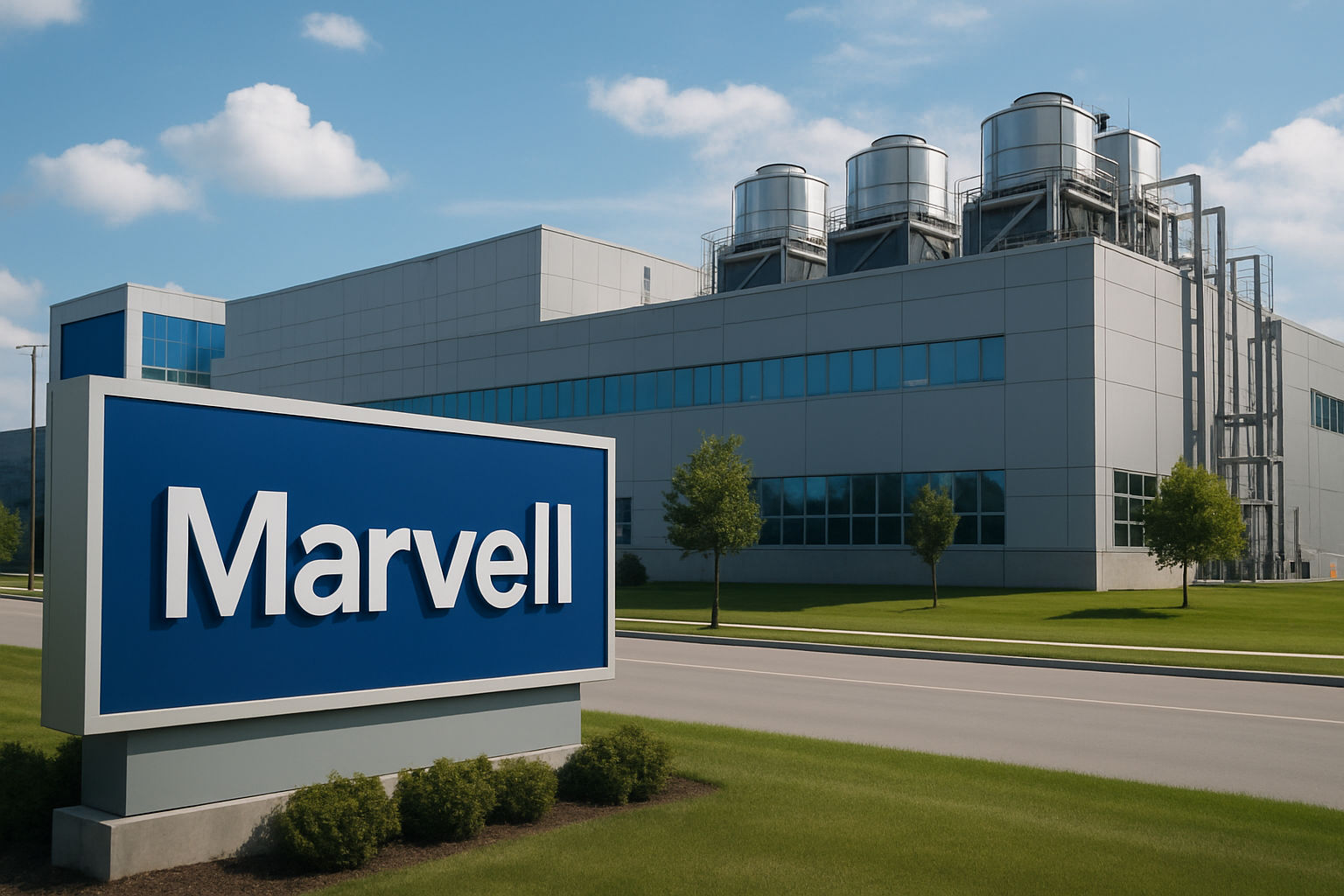Nvidia has done it again—reclaiming the title of the world’s most valuable public company after a dramatic stock surge sent its market cap to an eye-watering $3.76 trillion. Shares soared to a record $154.10, cementing the chipmaker’s dominance in what analysts are calling the “golden wave” of generative AI. For investors, the moment represents not just a valuation milestone—but a defining inflection point in how the market prices the future of artificial intelligence.
This week’s rally was fueled by a fresh wave of bullish analyst coverage, led by Morgan Stanley and Wedbush, projecting sustained AI infrastructure spending through 2026 and beyond. Institutional buying momentum, increased demand from sovereign wealth funds, and the absence of meaningful competition in the AI-chip space helped power the surge.
Dominating the AI Arms Race
Nvidia’s rise is no longer just about graphics cards. It’s now about monopolizing the foundational hardware of the AI revolution. The company commands over 80% of the AI-dedicated GPU market, with major cloud players—Amazon, Google, Meta, and Microsoft—pouring billions into building AI infrastructure powered by Nvidia’s H100 and upcoming B100 chipsets.
According to Bloomberg, Nvidia is expected to generate more than $110 billion in revenue this fiscal year, up from just $27 billion in 2022. Its data center business alone could outsize the entire traditional semiconductor market by 2026 if current growth rates hold.
Even more compelling: Nvidia’s ecosystem dominance means it’s not just selling chips—it’s setting the AI compute standard, thanks to its CUDA software stack that locks in developer loyalty across industries.
Why This Matters for Investors
This isn’t just a Nvidia story—it’s a bellwether for the broader AI investment landscape. The AI boom has propelled the “Magnificent Seven” tech stocks, but none have seen Nvidia’s vertical trajectory. Investors are increasingly viewing the company as the picks-and-shovels play in the AI gold rush.
However, with its forward P/E now exceeding 55, the stock is also nearing territory typically associated with bubble risk. Several hedge fund managers and analysts have raised caution flags, including Bank of America, which noted “valuation compression could be inevitable if growth expectations even modestly disappoint.”
Tech ETFs such as SMH (VanEck Semiconductor ETF) and SOXX (iShares Semiconductor ETF) are overweight Nvidia and have rallied in tandem, creating both opportunity and systemic risk for retail investors heavily exposed to this segment.
Future Trends to Watch
🔹 Data Center Expansion
Nvidia’s chips are core to hyperscaler build-outs globally. Watch for capex guidance from Amazon, Alphabet, and Microsoft during their Q2 earnings—it’s a leading indicator for Nvidia demand.
🔹 Competitive Pressure
AMD and Intel are attempting to close the gap with new AI chip offerings (MI300X and Gaudi 3, respectively), but so far, Nvidia’s software moat (CUDA) continues to deter migration.
🔹 Regulatory Watch
With Nvidia now commanding outsized market influence, increased scrutiny from U.S. and EU regulators over market concentration and export controls—especially concerning China—is likely in the second half of 2025.
Key Investment Insight
While Nvidia remains a long-term AI infrastructure leader, its valuation warrants caution. Investors should consider:
- Taking partial profits in overexposed positions to hedge against potential pullbacks.
- Diversifying into AI-adjacent sectors such as edge computing, networking (e.g., Arista Networks), and AI-enabling software platforms (e.g., Palantir).
- Monitoring chip supply dynamics and hyperscaler capex as leading demand indicators.
The AI trade is maturing—but as Nvidia’s rally shows, we’re still in the early innings of how generative AI will reshape industries.
For daily investor briefings, expert trend analysis, and trusted coverage of the markets that matter—stay plugged into MoneyNews.Today, your essential source for investor intelligence in the AI age and beyond.





